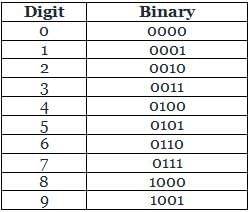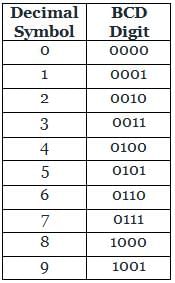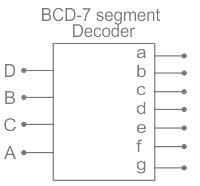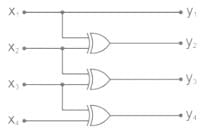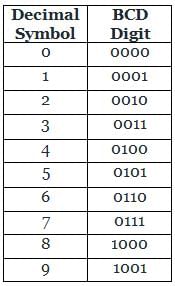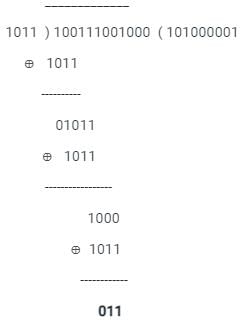Electronics and Communication Engineering (ECE) Exam > Electronics and Communication Engineering (ECE) Tests > Test: Binary Codes - Electronics and Communication Engineering (ECE) MCQ
Test: Binary Codes - Electronics and Communication Engineering (ECE) MCQ
Test Description
10 Questions MCQ Test - Test: Binary Codes
Test: Binary Codes for Electronics and Communication Engineering (ECE) 2025 is part of Electronics and Communication Engineering (ECE) preparation. The Test: Binary Codes questions and answers have been prepared
according to the Electronics and Communication Engineering (ECE) exam syllabus.The Test: Binary Codes MCQs are made for Electronics and Communication Engineering (ECE) 2025 Exam.
Find important definitions, questions, notes, meanings, examples, exercises, MCQs and online tests for Test: Binary Codes below.
Solutions of Test: Binary Codes questions in English are available as part of our course for Electronics and Communication Engineering (ECE) & Test: Binary Codes solutions in
Hindi for Electronics and Communication Engineering (ECE) course.
Download more important topics, notes, lectures and mock test series for Electronics and Communication Engineering (ECE) Exam by signing up for free. Attempt Test: Binary Codes | 10 questions in 30 minutes | Mock test for Electronics and Communication Engineering (ECE) preparation | Free important questions MCQ to study for Electronics and Communication Engineering (ECE) Exam | Download free PDF with solutions
Detailed Solution for Test: Binary Codes - Question 1
Test: Binary Codes - Question 2
In Binary-coded Decimal (BCD) systems, the decimal number 81 is represented as
Detailed Solution for Test: Binary Codes - Question 2
Detailed Solution for Test: Binary Codes - Question 3
Test: Binary Codes - Question 4
Which of the following is an invalid state in 8-4-2-1 Binary Coded Decimal counter
Detailed Solution for Test: Binary Codes - Question 4
Test: Binary Codes - Question 5
The four-bit Gray code corresponding to the binary code 0011 is
Detailed Solution for Test: Binary Codes - Question 5
Detailed Solution for Test: Binary Codes - Question 6
Detailed Solution for Test: Binary Codes - Question 7
Detailed Solution for Test: Binary Codes - Question 8
Test: Binary Codes - Question 9
If the constraint length of a (n, k, L) convolutional code is defined as the number of encoder output bits influenced by each message bit, then the constraint length is given by
Detailed Solution for Test: Binary Codes - Question 9
Test: Binary Codes - Question 10
In CRC if the data unit is 100111001 and the divisor is 1011 then what is dividend at the receiver?
Detailed Solution for Test: Binary Codes - Question 10
Information about Test: Binary Codes Page
In this test you can find the Exam questions for Test: Binary Codes solved & explained in the simplest way possible.
Besides giving Questions and answers for Test: Binary Codes, EduRev gives you an ample number of Online tests for practice
Download as PDF



